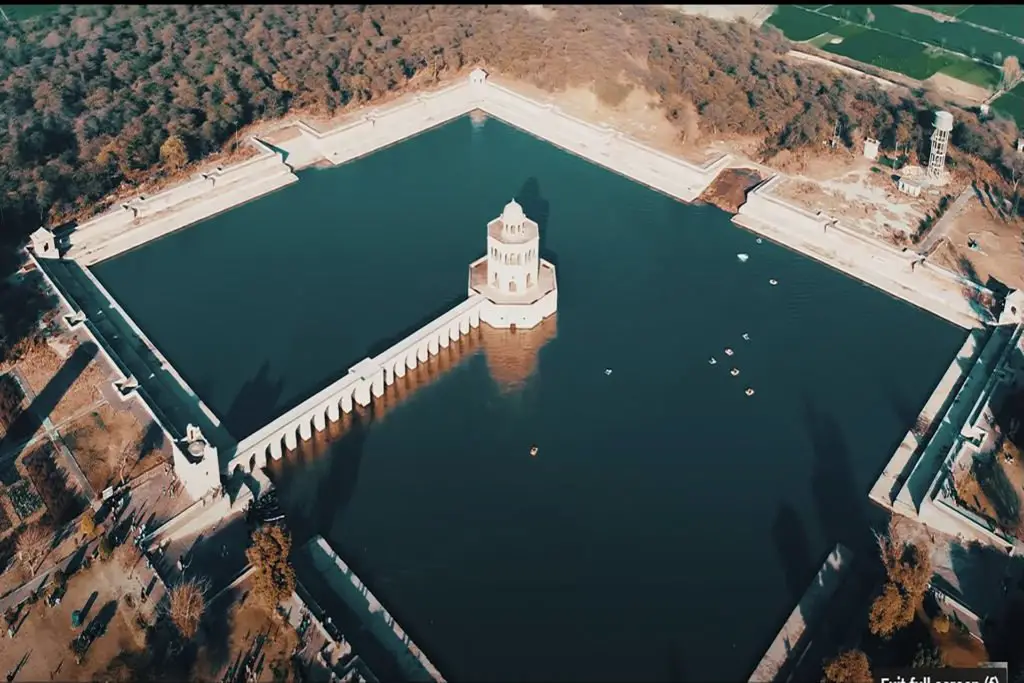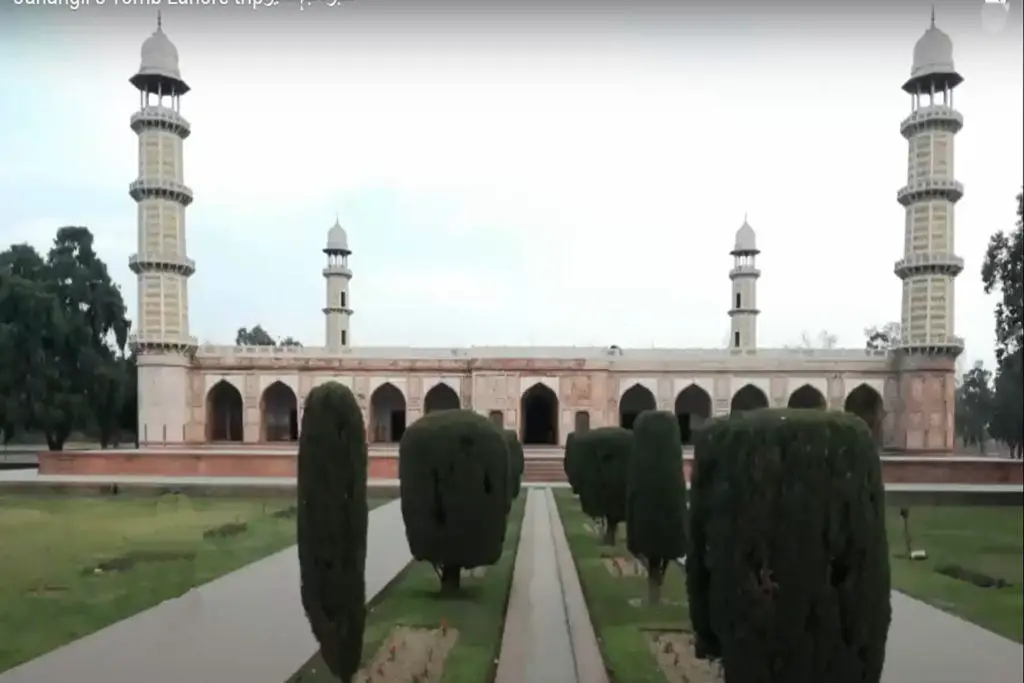Maqam Qadam Shah Graveyard is a historical landmark located in Thatta, a city in the southern province of Sindh in Pakistan. The graveyard is a significant site for both locals and visitors, as it is believed to be the final resting place of Qadam Shah, a revered saint and scholar who lived in the region during the 17th century.
The Muqam Qadam Shah graveyard in Goth Raj Malik features tombs built with the local yellow sandstone, likely from the 17th and 18th centuries A.D. The style of carving and ornamentation on these graves bears resemblance to the Baloch tombs found at Chaukhandi and other locations. It is probable that this graveyard is part of the same group of graveyards discovered in various areas of Sindh and Baluchistan.
Maqam Qadam Shah Graveyard Location
The graveyard is located on the outskirts of Thatta and is easily accessible by car or on foot. The site is known for its unique architecture, which is typical of the region’s Islamic style. The graveyard is home to several tombs, including that of Qadam Shah, which is the most prominent structure at the site.
The tomb of Qadam Shah is a magnificent structure, with intricate tile work and ornate decoration covering its walls and ceilings. The tomb is topped with a beautiful dome, which rises high above the surrounding buildings and is visible from afar. The tomb is a prime example of the region’s architectural style and is considered one of the finest examples of Islamic architecture in the country.
Maqam Qadam Shah Graveyard Area
The Maqam Qadam Shah Graveyard, spanning 37 acres of land, is located in Goth Raj Malik. It is home to a collection of tombs constructed using yellow sandstone, which date back to the 17th and 18th centuries A.D.
Apart from the tomb of Qadam Shah, the graveyard is also home to several smaller tombs, which are believed to belong to his family members and other notable figures from the region’s history. The smaller tombs are equally impressive, featuring intricate tile work and decoration that reflects the region’s culture and history.
The decoration found on these graves includes floral and geometric patterns, as well as various types of ornaments. Some graves even display depictions of humans. The combination of these artistic elements showcases the rich cultural heritage and artistic traditions of the region.
Maqam Qadam Shah Graveyard offers a glimpse into the historical significance and skilled craftsmanship of the 17th and 18th centuries. Its intricate stone tombs, reminiscent of the Chaukhandi tombs, attract both local and international visitors, who appreciate the beauty and cultural value of these ancient structures.
Historical Significance of Qadam Shah Graveyard Thatta
The graveyard is not just a place of historical significance; it is also a sacred site for many locals who come to pay their respects to Qadam Shah and other buried there. Visitors to the site are expected to show respect and dress modestly out of reverence for the deceased.
The site is managed by the local government, which has taken steps to preserve the unique architecture and cultural heritage of the site. Over the years, the graveyard has undergone several renovations and restorations to ensure its structural integrity and maintain its unique appearance.
Today, Maqam Qadam Shah Graveyard is a popular tourist attraction, attracting visitors from all over Pakistan and around the world. Its unique architecture and historical significance make it an essential landmark in the region’s cultural and funerary heritage, and it remains an enduring symbol of the Mughal era’s artistic and architectural prowess.
In addition to its historical and cultural significance, the Maqam Qadam Shah Graveyard is also a popular tourist attraction in Thatta. Visitors to the site can marvel at its impressive architecture, learn about the region’s history, and experience the local culture firsthand.
In conclusion, the Maqam Qadam Shah Graveyard is a significant historical and cultural landmark in Thatta, Pakistan. The tomb of Qadam Shah and the other tombs at the site are prime examples of the region’s Islamic style of architecture and are considered some of the finest examples of their kind in the country. A visit to this iconic site is sure to be a memorable and enlightening experience for anyone interested in the region’s history, architecture, and culture






